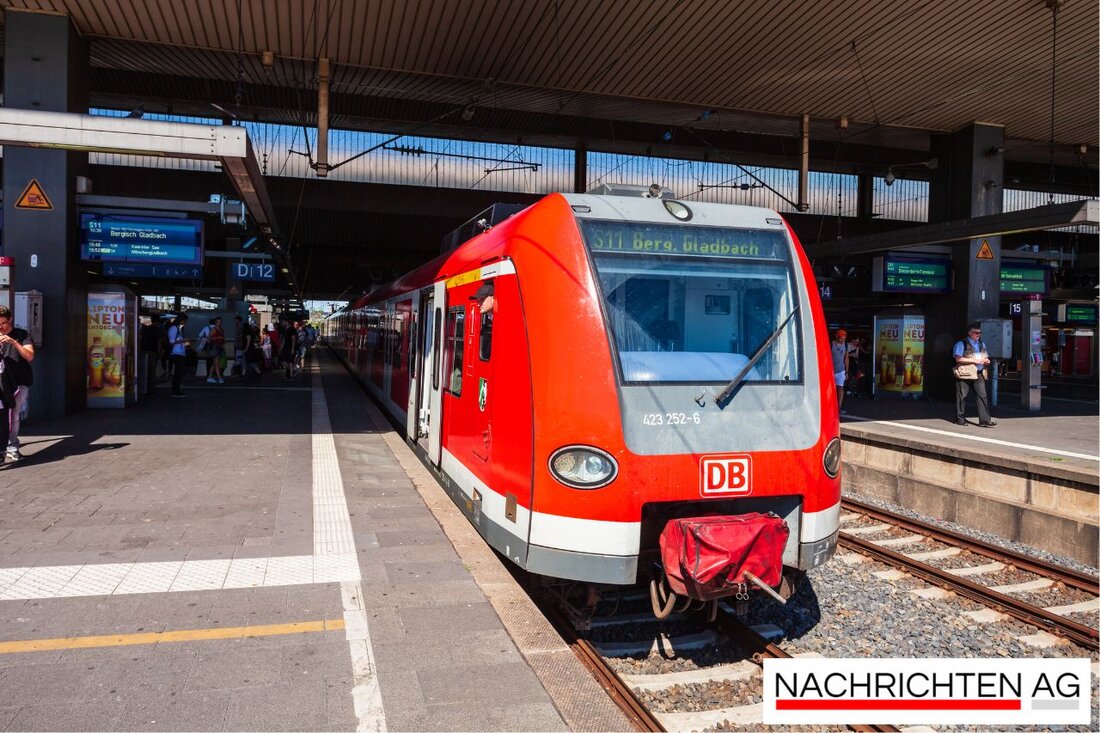Bautzen wants to permanently fly German flags on public buildings!
In the Bautzen district, German, state and Sorbian flags will now fly permanently in front of public buildings in order to promote social values.

Bautzen wants to permanently fly German flags on public buildings!
There are exciting days ahead in the Bautzen district. Before the upcoming meeting of the district council on June 23, 2025, the topic of permanent flagging of public buildings will be hotly discussed. The district administrator Udo Witschas from the CDU has submitted a motion that would permanently hoist the German flag in front of all public buildings. The reason for this step is not without weight: in times of increasing social tensions and polarization, a visible commitment to home and common values should be made, says Witschas. This reports ND currently.
However, the proposal does not only have supporters. The district council will also consider AfD applications for flagging all year round. While Witschas and the CDU want to fly a variety of flags, including the federal flag, the flag of the Free State of Saxony and the Sorbs, the AfD only calls for the German flag. The cost of new flagpoles and the flags is around 80,000 euros, an amount that is being discussed by council members.
The context of the flags
In a country where state symbols such as the federal flag play an important role, the importance of these flags becomes clear. State symbols not only promote citizens' identification with their state, but also embody traditions, values and national solidarity. In addition to the federal flag, Germany's national symbols include the national colors black, red and gold, the national anthem and the federal eagle. Interestingly, only the federal flag is anchored in the Basic Law, which underlines its particular relevance. This information comes from Bundestag.de.
In the Sorbian settlement area, the Sorbian flags should also be hoisted in front of schools in addition to the federal flag. This measure is a sign of appreciation for the cultural diversity of the region. The Council proposal attaches great importance to the fact that flag-raising is not just a question of identity, but is also intended to strengthen the common self-image of citizens.
What else is going on in Bautzen?
While flags and symbols are being discussed in the district council, there is also economic news in Bautzen. The Alstom factory recently delivered the first Coradia Stream regional train to Romania. This not only secures long-term orders, but also guarantees investments in the location. An expansion of the plant will be perfectly complemented with a total of 12 million euros to boost the series production of additional trains for Romania and Bulgaria.
There is also progress to be reported in Steinwolmsdorf. After the closure of the “Nah & Gut” market two months ago, residents now have a potential new food provider in sight: Edeka. The local council has approved the sale of a property to Edeka and a new Diska market could soon be in the neighborhood.
In the political arena, the mayoral election in Demitz-Thumitz on Sunday is also in focus. Two candidates are running: Stefan Bittner from DePoRo and Alexander Pötschke as an individual candidate. The previous mayor had given up for health reasons. And finally, SV Königsbrück/Laußnitz has over 50 girls and young women who, after founding their own teams four years ago, are now active in playing communities with neighboring clubs.
It remains to be seen how the votes in the district council will turn out and how developments in the region will unfold. But one thing is clear: the citizens of Bautzen are facing an exciting summer with many topics that affect the region's sense of community and identity.

 Suche
Suche
 Mein Konto
Mein Konto